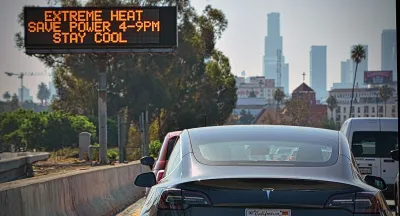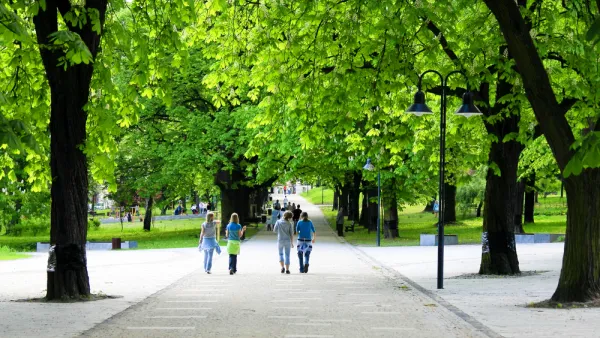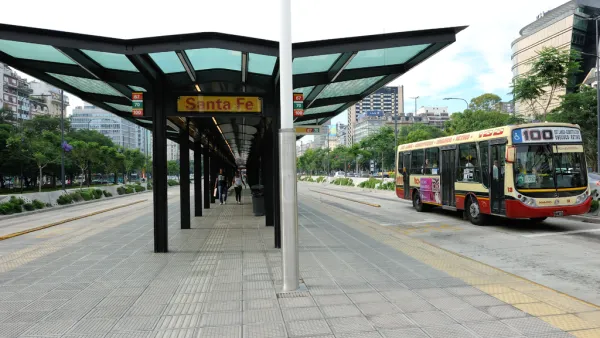By 2050, climate change will have the biggest negative impact on urban areas located in the Sun Belt.

Online insurance marketplace Policygenius evaluated the 50 largest U.S. cities to determine which will be most and least impacted by climate change by 2050. The factors analyzed included heat and humidity, flooding and sea level rise, air quality, and frequency of natural disasters such as hurricanes, tornadoes, wildfires, social vulnerability, and community resilience.
Least Impacted
- San Francisco, California
- Seattle, Washington
- Columbus, Ohio
- Minneapolis, Minnesota
- Baltimore, Maryland
- Milwaukee, Wisconsin
- Portland, Oregon
- Pittsburgh, Pennsylvania
- Richmond, Virginia
- Denver, Colorado
Most Impacted
- Houson, Texas
- Miami, Florida
- Tampa, Florida
- Jacksonville, Florida
- Orlando, Florida
- New Orleans, Louisiana
- Los Angeles, California
- Memphis, Tennessee
- Riverside, California
- Virginia Beach, Virginia
Of the cities ranked most at risk, all are located in the Sunbelt, which often tops lists of the best places to move or retire. Eight of those are located in the South, which was the only region that drew net new residents from other states in 2023, according to data from the U.S. Census Bureau. Experts are concerned this trend will leave an increasing number of people, particularly Black communities and communities of color, vulnerable to the negative impacts of climate change.
FULL STORY: Best & worst cities for climate change

National Parks Layoffs Will Cause Communities to Lose Billions
Thousands of essential park workers were laid off this week, just before the busy spring break season.

Retro-silient?: America’s First “Eco-burb,” The Woodlands Turns 50
A master-planned community north of Houston offers lessons on green infrastructure and resilient design, but falls short of its founder’s lofty affordability and walkability goals.

Delivering for America Plan Will Downgrade Mail Service in at Least 49.5 Percent of Zip Codes
Republican and Democrat lawmakers criticize the plan for its disproportionate negative impact on rural communities.

Test News Post 1
This is a summary

Test News Headline 46
Test for the image on the front page.

Balancing Bombs and Butterflies: How the National Guard Protects a Rare Species
The National Guard at Fort Indiantown Gap uses GIS technology and land management strategies to balance military training with conservation efforts, ensuring the survival of the rare eastern regal fritillary butterfly.
Urban Design for Planners 1: Software Tools
This six-course series explores essential urban design concepts using open source software and equips planners with the tools they need to participate fully in the urban design process.
Planning for Universal Design
Learn the tools for implementing Universal Design in planning regulations.
EMC Planning Group, Inc.
Planetizen
Planetizen
Mpact (formerly Rail~Volution)
Great Falls Development Authority, Inc.
HUDs Office of Policy Development and Research
NYU Wagner Graduate School of Public Service




























